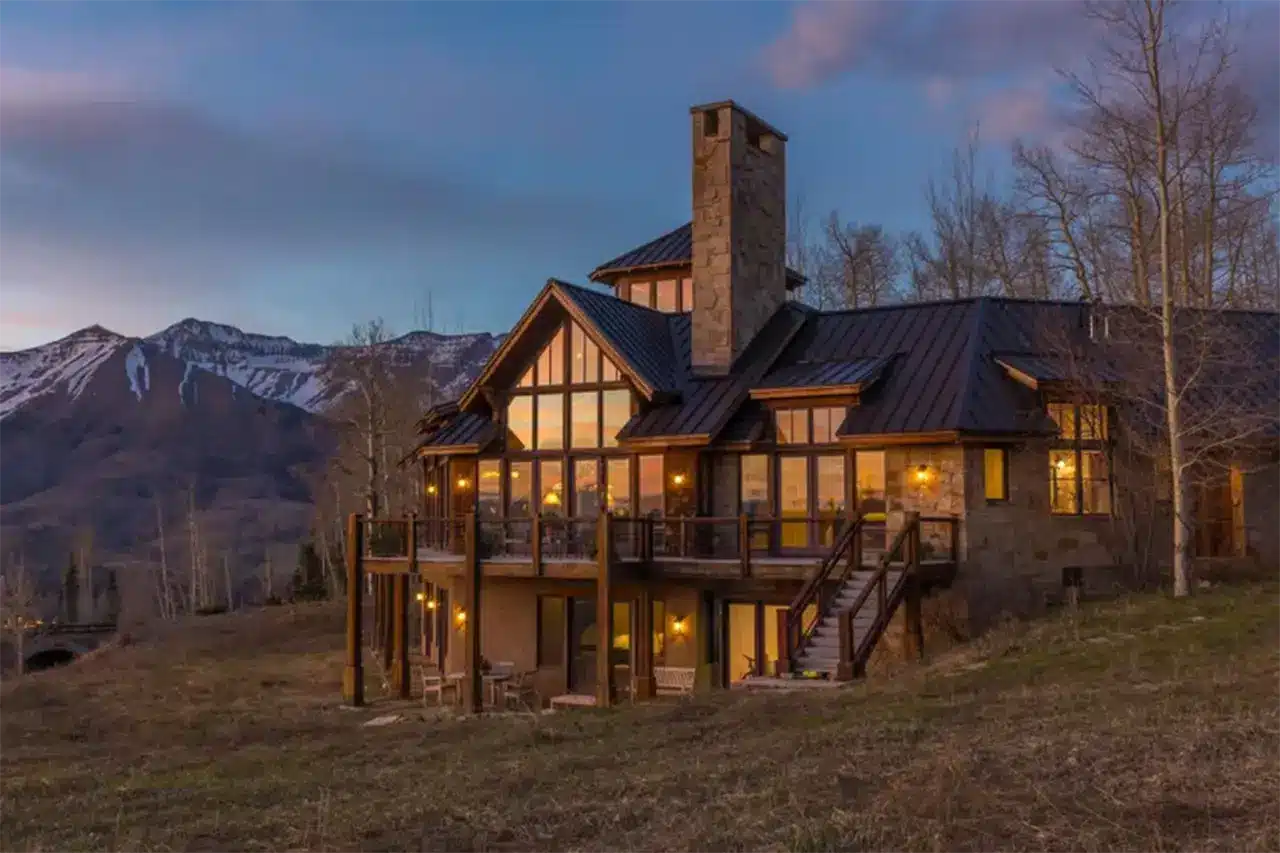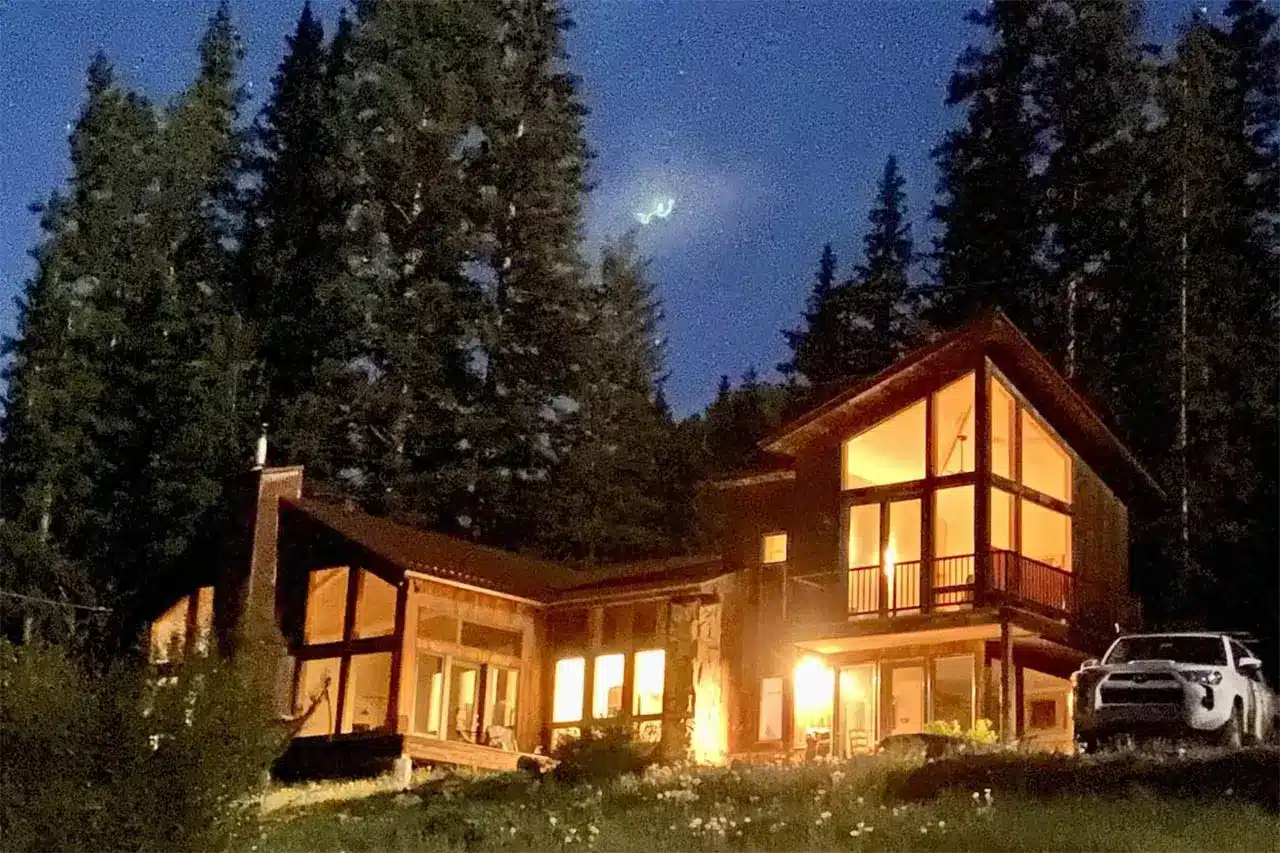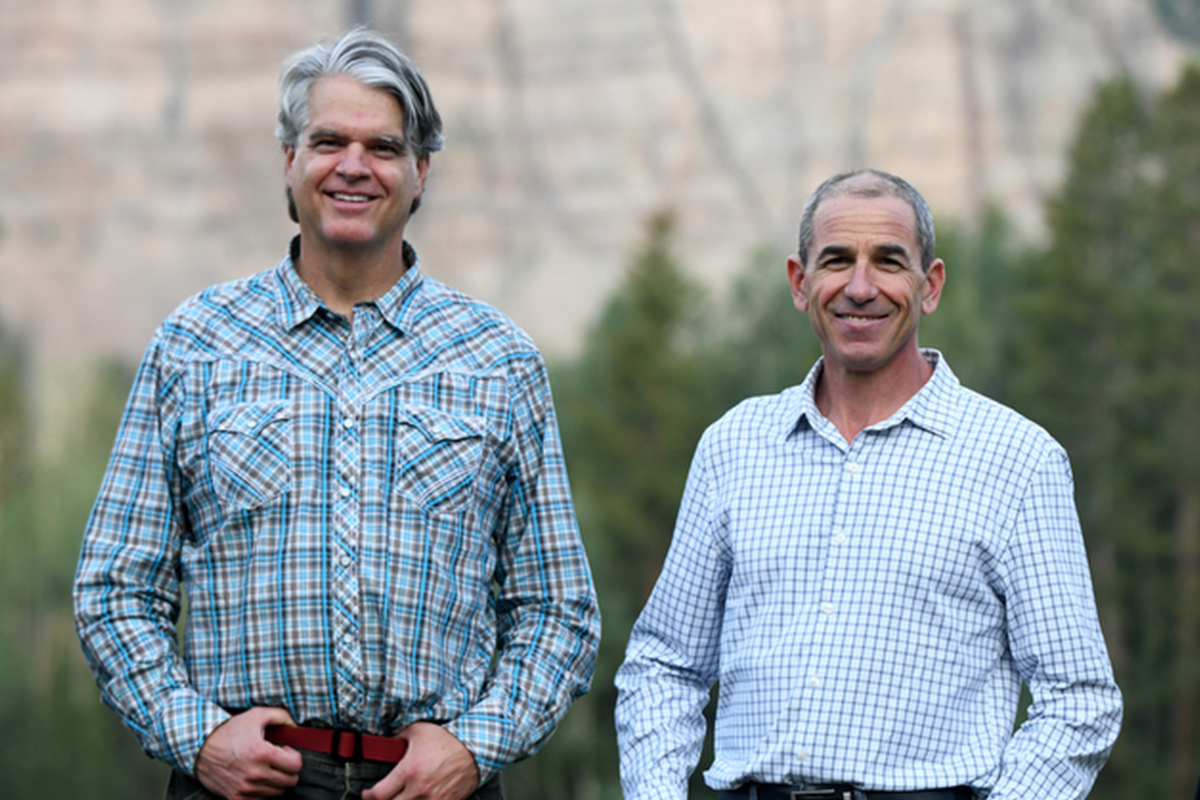Are the San Juan Mountains Rising or Falling?
Courtesy of Rick Paige
But researchers don’t agree on estimated future rates of uplift for the San Juan area. They do agree that uplift is currently occurring, but even then they can’t agree whether the present uplift is due to upward movement of a deep mantle bulge or crustal rebound due to the rapid melting of mountain glaciers approx. 10,000 years ago. They all agree that there is a bulge in the mantle beneath the San Juans. It formed at least 20 mil years ago and periodically formed a magma plume that generated violent volcanic activity.
Just a little earlier, the nearby Colorado Plateau was uplifted and covered in repeated basalt flows by the same type of deep mantle plume.
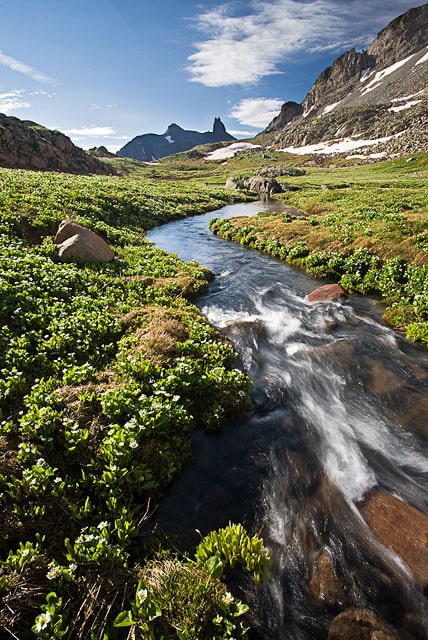
Various hypotheses that describe the current and past shape of the mantle/crust interface, and the forces involved, have been put forth. Without getting too technical, some would imply the mantle bulge is receding, and the San Juans will stop rising as soon as crustal rebound ceases. In this scenario, I could see Mt. Wilson being about 500’ lower in 1 million years (more if we experience a couple more ice ages, which I fully expect to happen, eventually).
Others suggest the mantle plume is still active, and will slowly move more magma toward the surface, kicking off another round of uplift and volcanic activity.
In this scenario, maybe Mt Wilson maintains its elevation in 1 million years and actually increases in the millions of years that follow – until the big supervolcano blows its top off!
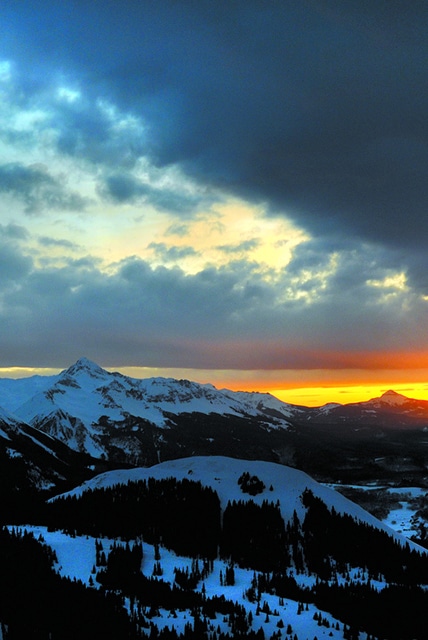
So the short answer to this (geologically quick!) 1 million year time frame question is “we don’t know for sure.” There probably won’t be huge differences in elevation 1 million years from now since current uplift and erosion rates appear to be nearly counterbalanced.
Whichever process is dominating at that time will determine whether the San Juans are rising, maintaining sharp, steep ridgelines, or shrinking, with softer, rounder ridges and more valley fill.Ultimately, in the long answer (tens of millions of years), erosion will win. The mobile continental crust will eventually move beyond the mantle bulge and the San Juans will be worn down to gentle hills.
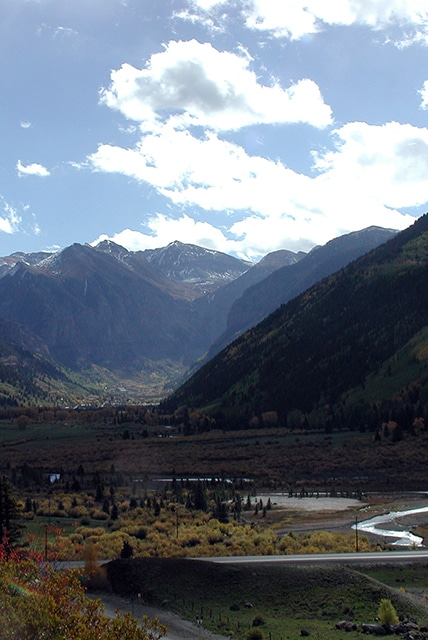
If you haven’t had your fill, here’s some more:
- The current San Juans, along with all the other Colorado ranges, reached their maximum heights of around 14,000’ sometime in the last 20 million years following development of the mantle plume(s).
- Much earlier, during the Laramide Orogeny (65 – 35 million years ago), the Southern Rockies rose up to over 20,000′, some believe greater than 25,000′! This event was not due to bulging mantle but rather a collision between the North American plate and the Pacific oceanic plate. Subduction of the Pacific plate beneath the NA plate caused thrusting of the lighter continental plate in a “crumpling” pattern, building high mountains.
- Over time, mountains wear down. After the descending plate broke off and was subsumed into the mantle, creating a sort of equilibrium pause, the San Juans weathered down to an estimated 5000’ in elevation. Only when the mantle plume began to develop about 20 million years ago did uplift begin again.


